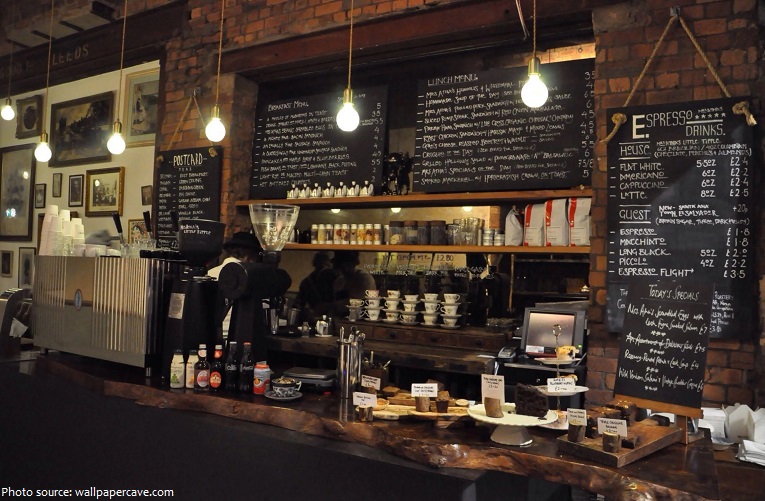
A coffeehouse, coffee shop, or café is an establishment that primarily serves coffee of various types, e.g. espresso, latte, and cappuccino.
The English term café, borrowed from the French, derives ultimately from the Turkish kahve, meaning coffee.
Today, the idea of a coffee house brings to mind a cozy place that serves gourmet coffee and espresso drinks, with couches to lounge in while you sip.
The earliest credible evidence of either coffee drinking or knowledge of the coffee tree appears in the late 15th century, by Sufi Imam Muhammad Ibn Said Al Dhabhani who is known to have imported goods from Ethiopia to Yemen.
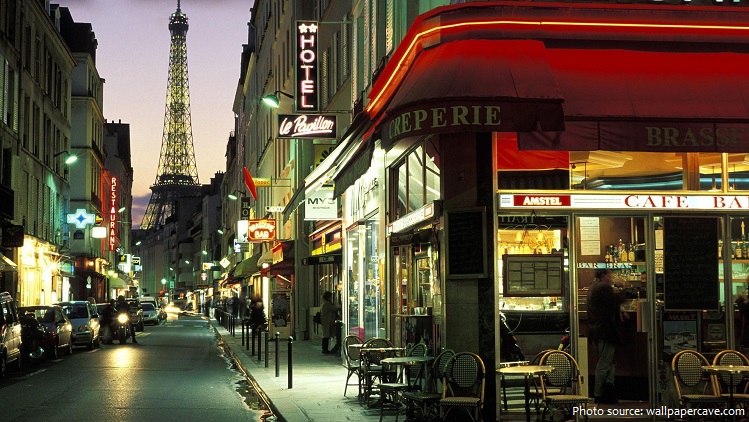
The introduction of coffee and coffee drinking to Europe provided a much-needed focus for the social activities of the sober.
The first café is said to have opened in 1550 in Constantinople – during the 17th century cafés opened in Italy, France, Germany, and England.
The idea of doctoring up one’s coffee with cream and sweeteners came into fashion in Europe around 1529. This was also when the first coffee house in Europe was established.
Vienna was invaded by the Turkish army, who left many bags of coffee behind when they fled the city. Franz Georg Kolschitzky claimed the coffee as the spoils of war and opened a coffee house. Apparently, he had lived in Turkey and was the only person who recognized the value in the beans. He introduced the idea of filtering coffee, as well as softening the brew with milk and sugar. The beverage was quite a hit, and when coffee houses also started serving sweet pastries and other confectionery treats, their popularity exploded.

Pasqua Rosée opened the first coffee house in London in 1652, prompting a revolution in London society. “British culture was intensely hierarchical and structured.
By 1663 there were 82 coffeehouses in London – 40 years later there were more than 500.
In his diaries, Samuel Pepys (English diarist and naval administrator) recorded the stimulating conversations he overheard at the coffee houses he frequented. Most coffee houses catered to a specific clientele – the Grecian Coffee House near Fleet Street was a meeting place for Whigs as well as members of the Royal Society like Isaac Newton, who once dissected a dolphin on one of its tables. Meanwhile, poets John Dryden, Alexander Pope and writer Jonathan Swift held court at Will’s Coffee House.
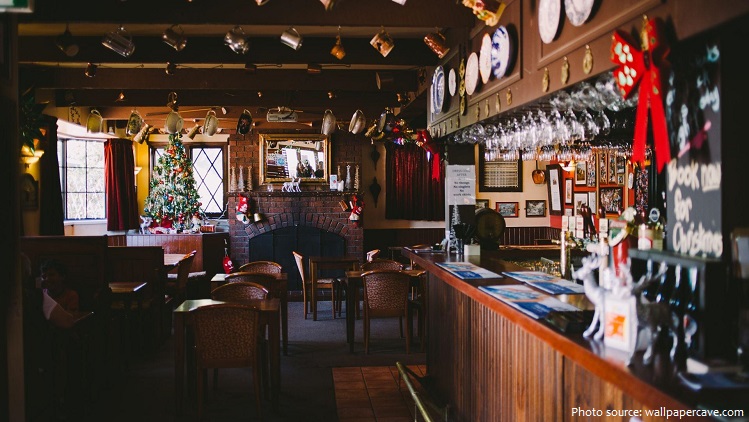
At Jonathan’s Coffee House in Exchange Alley, stockbrokers crowded around to trade shares after official trading hours had closed… giving birth to the London Stock Exchange. Lloyd’s Coffee House was a nexus for sailors and merchants, who dreamed up Lloyd’s of London insurance market within its walls. Coffee’s influence began to spread as travelers returned to their home countries, hooked on caffeine and craving conversation.
Pasqua Rosée, an Armenian by the name Harutiun Vartian, also established the first coffeehouse in Paris in 1672 and held a citywide coffee monopoly until Procopio Cutò, his apprentice, opened the Café Procope in 1686. This coffeehouse still exists today and was a popular meeting place of the French Enlightenment – Voltaire, Rousseau, and Denis Diderot frequented it, and it is arguably the birthplace of the Encyclopédie, the first modern encyclopedia.

The traditional tale of the origins of the Viennese café begins with the mysterious sacks of green beans left behind when the Turks were defeated in the Battle of Vienna in 1683. All the sacks of coffee were granted to the victorious Polish king Jan III Sobieski, who in turn gave them to one of his officers, Jerzy Franciszek Kulczycki, a Ukrainian cossack and Polish diplomat of Ruthenian descent. Kulczycki, according to the tale, then began the first coffeehouse in Vienna with the hoard, also being the first to serve coffee with milk. There is a statue of Kulczycki on a street also named after him.
The first known cafes in Pest date back to 1714 when a house intended to serve as a Cafe (Balázs Kávéfőző) was purchased.
In the 18th century, Dublin coffeehouses functioned as early reading centers and the emergence of circulation and subscription libraries that provided greater access to printed material for the public.
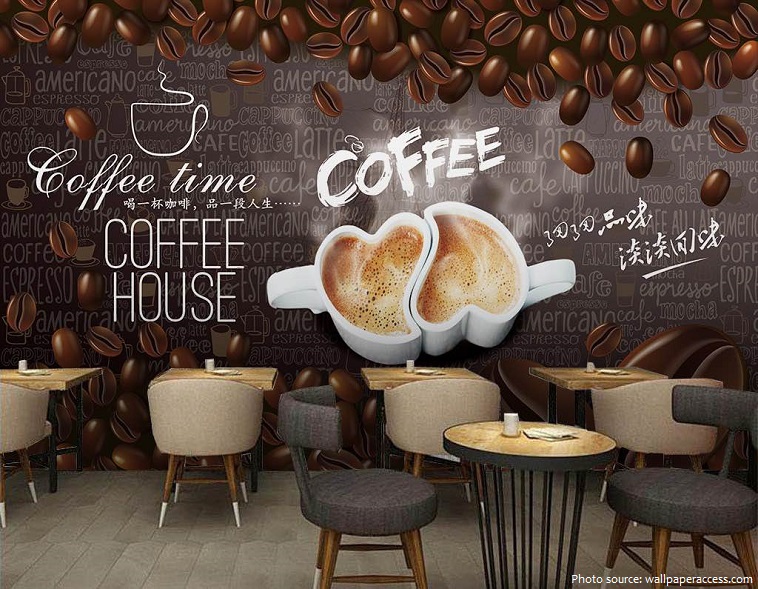
Coffeehouses are part of the culture of Buenos Aires and the customs of its inhabitants. They are traditional meeting places for ‘porteños’ and have inspired innumerable artistic creations.
When America was colonized, the coffee house was quick to follow. The role of the American coffee house was the same as those in England: hotspots for the business community. The Tontine Coffee House (1792) in New York was the original location for the New York Stock Exchange because so much business was conducted there.
In the 1780s, Merchant’s Coffee House located on Wall Street in New York City was home to the organization of the Bank of New York and the New York Chamber of Commerce.
Coffeehouses in the United States arose from the espresso- and pastry-centered Italian coffeehouses of the Italian American immigrant communities in the major U.S. cities, notably New York City’s Little Italy and Greenwich Village, Boston’s North End, and San Francisco’s North Beach.
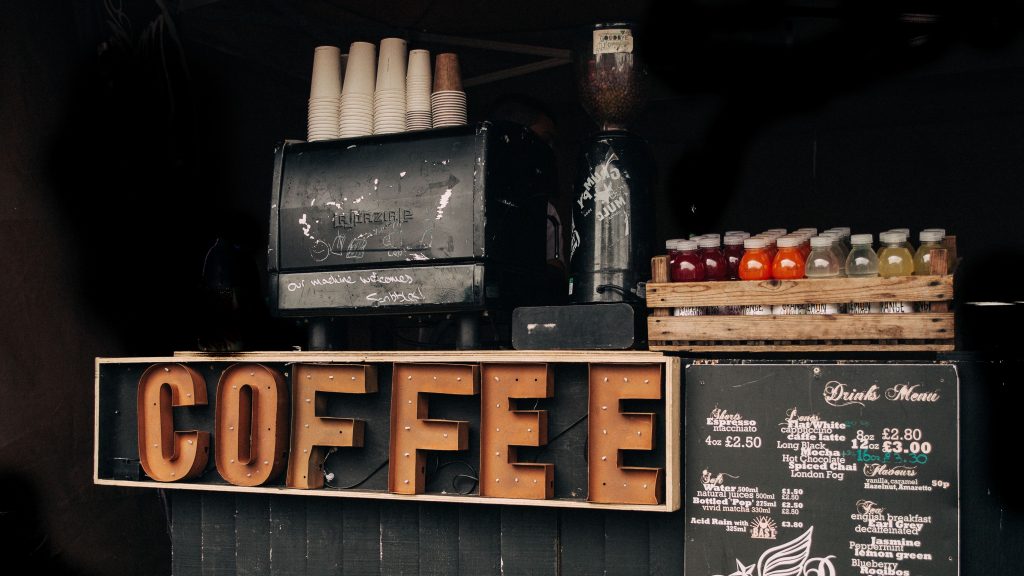
They are popular to this day with coffeehouses such as Starbucks on seemingly every corner of several major American cities, such as Los Angeles and Seattle.
In the 1990s and early 2000s, some cafés began to offer Internet access to the public, giving rise to the so-called Internet café.
In the Netherlands a koffiehuis serves coffee, while a coffee shop sells “soft” drugs (cannabis and hashish) and is generally not allowed to sell alcoholic drinks.